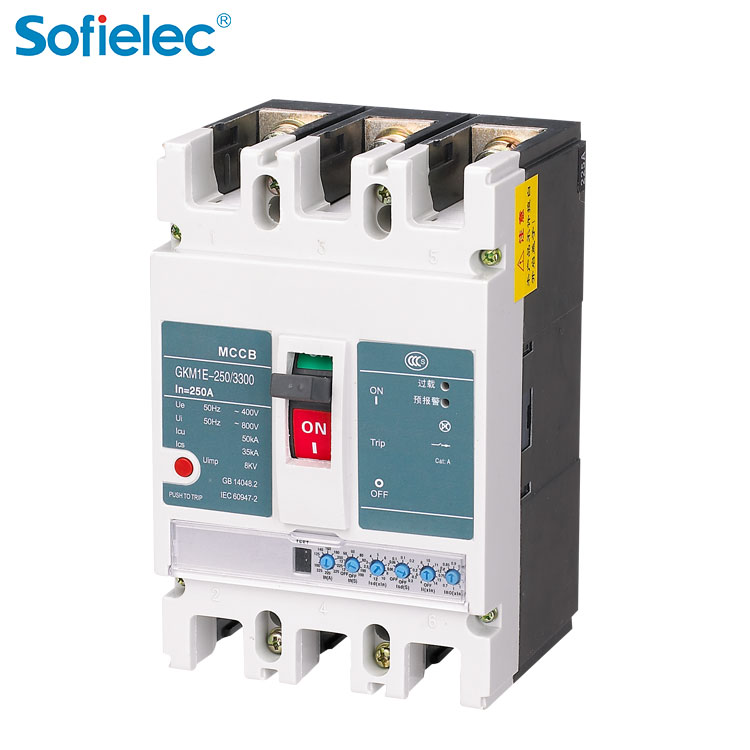The circuit breaker failure protection is a method employed in power generation and electricity distribution plants, operating at 110kV and above, to prevent power outages due to faulty electrical equipment. It works by identifying situations where relay protection commands a circuit breaker to trip, but it fails to respond. In such cases, information from the protection system of the faulty equipment and the current data from the non-functioning breaker is analyzed to detect the failure of the circuit breaker. The protection system then disconnects other related breakers in the same plant within a short timeframe, minimizing the area affected by the outage and ensuring the stable operation of the entire power grid. This technique also prevents severe damage to critical components like generators and transformers, which may cause widespread power outages and grid collapse if left unattended. The circuit breaker failure protection is a necessary mechanism that serves as a backup protection method in modern high-voltage and extra-high-voltage power grids.
In power plants and substations with voltage levels of 110kV or higher, circuit breaker failure protection is crucial in the event of a short circuit in transmission lines, transformers, or busbars. Sometimes, when a protective device activates to cut off a fault, a circuit breaker may fail to respond, leading to circuit breaker failure. Several factors can cause circuit breaker failure, such as short-circuited coil windings or malfunctioning circuit breaker actuation mechanisms. Circuit breakers and protective equipment in high-voltage power grids must have backup capabilities to effectively cut off faults when circuit breakers or protective devices fail. Adjacent element remote backup protection is the most straightforward and reasonable backup option, acting as backup protection for both relays and circuit breaker failures. However, in high-voltage power grids, due to the assisting effect of various power source branches, implementing the above backup method can be challenging (insufficient sensitivity). Also, the long operation time can lead to an expansion of the accident scope or even cause system instability and collapse. Therefore, for the critical 220kV and above primary trunk lines in the central region of the power grid, a full-line high-speed protection system must be installed to ensure system stability. Typically, two independent full-line high-speed main protections (i.e., dual protection) are installed to prevent protective equipment from failing. In the case of circuit breaker failure, a circuit breaker failure protection system is specifically installed.
A circuit breaker rejection is a double fault that occurs in the event of a grid failure and failure of the circuit breaker to operate. Although its protection requirements can be appropriately reduced, fault removal is always the ultimate principle. In modern high-voltage and ultra-high-voltage power grids, due to their high dependence and criticality, we usually use circuit breaker failure protection as the backup protection method of the main protection to ensure the stable operation and safety of the power grid.
Post time: May-23-2023


